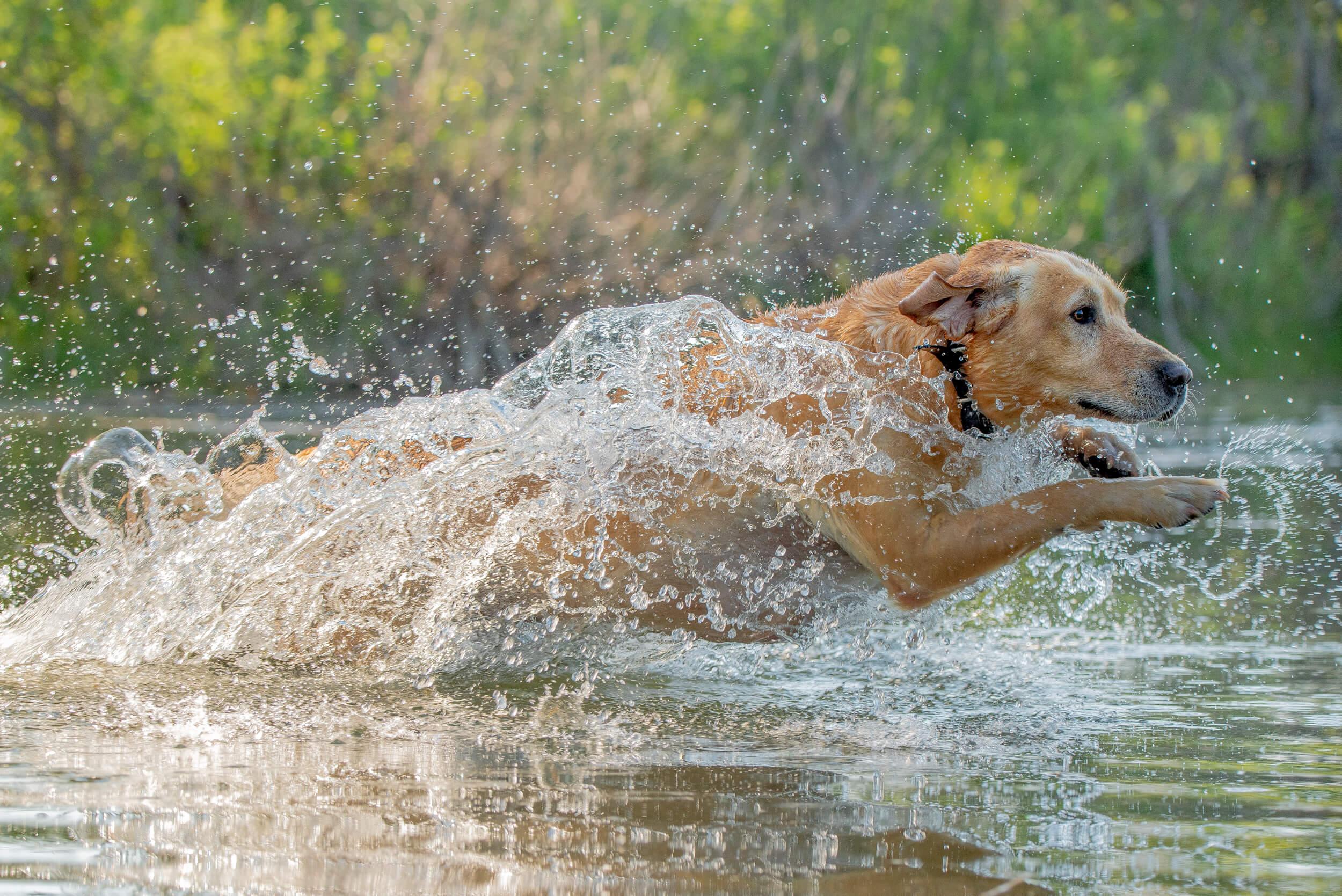
Those who enjoy the thrill of the hunt alongside their sporting dogs may have never come across limber tail before. In fact, there are quite a few veterinarians who have never seen the condition. That is why we thought it essential to cover this topic, as limber tail is quite painful for your pup and will get in the way of their hunting dog conditioning.
Hunting dogs are one of the greatest joys in a hunter’s life. It’s a great pleasure to see your dog running happily in the field, nose to the ground trying to find prey. But sometimes, you may notice that your hunting dog behaves a little differently. With hunting dog limber tail, the tail is pulled up, so it’s not dragging on the ground, and instead of holding it straight out from its body, it’s held down close to the body.
The last thing anyone could want is to see their otherwise happy hunting dog feeling down and out of commission due to a painful tail.
What is Limber Tail?
Limber tail is a condition where the tail becomes straight, stiff, and limp. The tail is held up and close to the body. The dog does not wag his tail or move it around much when he is limber tailed. Dogs who hunt are particularly exposed to the condition because of spending a lot of time retrieving or training in cold, wet, weather. That is why limber tail is sometimes called swimmer’s tail, rudder tail, or cold tail.
It is surprisingly easy to diagnose, but you would want to seek professional care to ensure nothing more serious going on in the bone or muscle areas.
What are the Signs of Limber Tail?
If you suspect your hunting dog is experiencing limber tail symptoms, you may want to pause your gun dog training and visit a vet. Keep an eye out for signs and symptoms like:
- Tail hanging straight down, as if paralyzed
- Exceptional soreness around the tail end of the dog
- Decreased appetite
- Difficulty urinating or defecating
- A general reluctance to sit down
- An absence of tail wagging
- Excessive licking or chewing at the tail
- Lethargy
- Whining or whimpering
What Causes Limber Tail?
Like human athletes that suffer from injury if they overtrain, the same is true for your sporting dogs. If they are working too hard in training or are getting too much exercise, they can begin to experience symptoms of limber tail.
You have to remember that dogs use their tails for balance. We may think of them as signs of affection when wagging, but these are necessary parts of the body that, when damaged, can be pretty painful to handle.
That is why prolonged exposure to cold water can cause limber tail. Anytime your pup has been working in cold water and doesn’t get the chance to relax and warm up for more than 12 hours, you should watch for limber tail.
This is relatively common in sporting dogs like retrievers and spaniels.
Is There a Treatment for Limber Tail?
The good news is with a bit of rest and recovery, you should expect your hunting dog to be back in action after a few days to weeks. However, you need to do your due diligence and take the pup to a vet if the condition seems to be worsening. There could be underlying bone or neurologic disorders that an X-ray can rule out, just to be safe. You’ve spent all of this time developing a solid relationship with your animal during hunting dog conditioning. Why risk all of that over limber tail?
Other things you can do to help are:
- Plenty of rest
- Only short walks
- Warm compress to the hind area
- Vet approved anti-inflammatories
- Avoiding excitement
- Possible corticosteroid injections – from a vet
Can I Prevent Limber Tail in my Hunting Dogs?
With a little care and attention to your animals, you should have no problem preventing limber tail. The most important thing is to avoid prolonged exposure to cold water and to take your time gradually working your dogs into shape during gun dog training.
If you have to take a trip longer than 8-12 hours, be sure to let your dog out of its crate to stretch and move around. You may also want to integrate hunting dog training bumpers into your routine. This signals to your pup when it is time to train, and when it is not. That way, you have more control over the set amount of time per day, so you are not overexerting your animals. Many breeds like retrievers will happily push themselves beyond normal limits, which is what you want to avoid.
Finally, if you suspect your sporting dog is experiencing limber tail, don’t hesitate to call your local vet. It is better to attack this problem as quickly as possible to alleviate any pain your dog is feeling and lessen the time it will take to get them back up, healthy, happy, and alongside you once again.
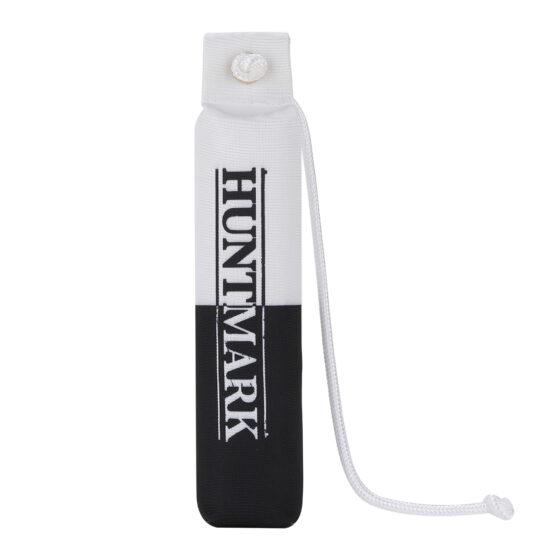
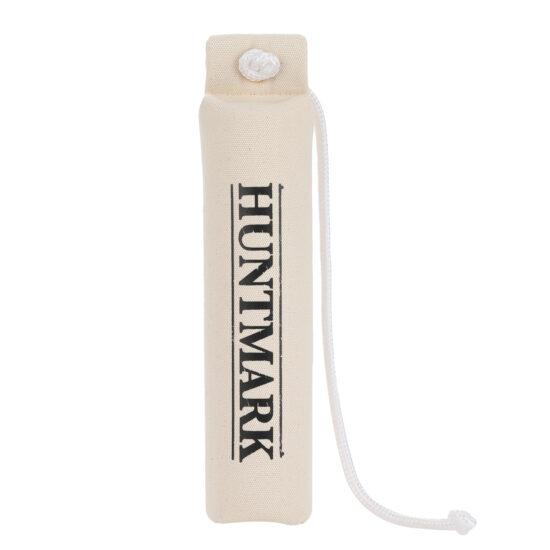
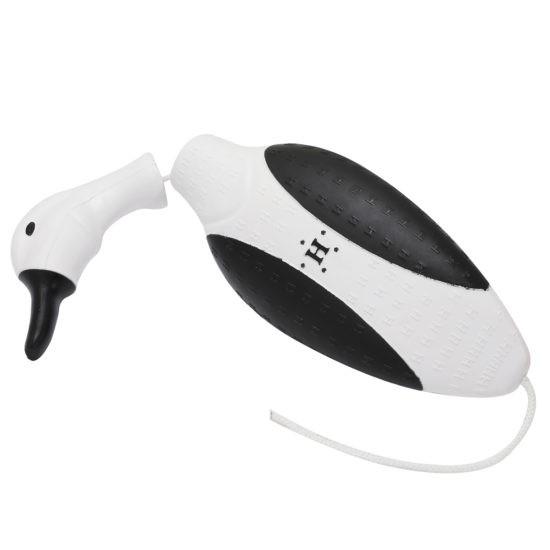
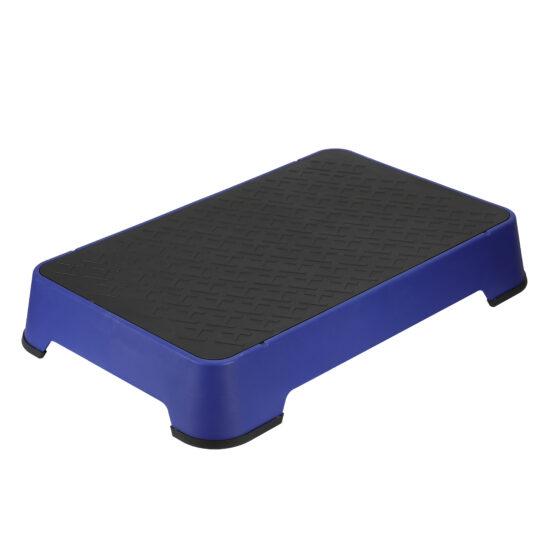



Leave a Reply